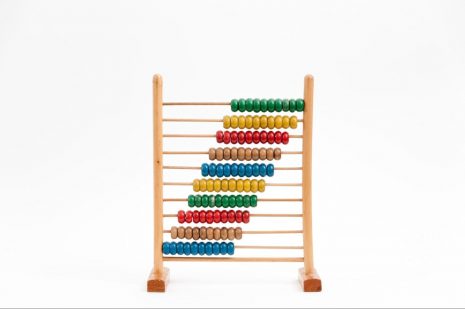What was the main finding from the recent Bipartisan Policy Center (“BPC”) report?
The BPC released a report this month estimating that the US green card backlog is costing the economy trillions of dollars. The total green card backlog (employment- and family-based) covers approximately 7.6 million individuals, including individuals with pending applications and those with approved applications who are waiting for availability. Using this estimate, clearing the backlog would increase U.S. gross domestic product (“GDP”) by $3.9 trillion over the next 10 years.
Changing how green card limits are calculated would reduce future backlogs, resulting in even greater future economic benefits than those presented in the report. However, the authors of the report note that without simultaneously increasing resources given to the United States Citizenship and Immigration Services (“USCIS”) for green card processing, economic benefits would be more limited.
How are green card limits calculated?
In 1990, Congress established the number of employment-based green cards per year at 140,000 + any unused family-based green cards from the previous year.
At the same time, Congress established the number of family-based green cards per year at 480,000 – the number of immediate relatives admitted the previous year + any unused employment-based green cards from the previous year. However, the law also provided that no fewer than 226,000 family-based green cards will be distributed each year. This creates a floor for the number of family-based green cards.

Photo by Crissy Jarvis on Unsplash
Based on the above formulas, it seems like all green cards should be used each year. How are there still unused green cards?
The family-based green card floor creates the issue of “lost” green cards. Consider an example:
480,000 (base start)
– 436,115 (immediate family members admitted in the previous year)
+ 10,288 (unused employment-based green cards from the previous year)
= 54,173 (family-based green cards available for this year)
Because the floor requires that the number of family-based green cards available for each year be 226,000, the 10,288 unused employment-based green cards from the previous year are essentially “lost.” This is because with or without those approximately 10,000 green cards, there will be 226,000 family-based green cards distributed.
This seems like it would be rare. How often does it really happen that green cards are “lost”?
According to the Department of State’s reports, the number of immediate family members admitted has been sufficiently high to require use of the family-based green card floor for each of the last 20 years. This means that in each of the last 20 years, employment-based green cards have been “lost.”
Recapturing “lost” green cards from 1992 to present could provide more than 220,000 employment-based green cards. As of March 2022, there were just over 1 million people waiting for employment-based green cards, so recapturing 220,000 of them would quickly provide a significant decrease in the backlog.

Photo by Will Francis on Unsplash
If the U.S. chose to recapture these green cards, would it be unprecedented?
No. The American Competitiveness in the 21st Century Act of 2000 recaptured approximately 130,000 green cards that were “lost” in 1999 and 2000. Subsequently, the REAL ID Act of 2005 recaptured approximately 50,000 “lost” green cards, but limited their distribution to nurses. There was no recapture of green cards between 1990 and 1999 nor has there been any recapture since 2005.
Various congressional proposals in recent years have recommended recapturing green cards, setting a limit on how long an individual must wait to apply for a green card, eliminating the current country-based quota system, eliminating green card quotas altogether, and adding visa processing resources for green cards.
What are the human impacts of these significant green card backlogs?
For foreign nationals in the U.S. on a temporary work visa, the increasingly long wait for a green card can have several negative effects. First, these individuals are limited in their ability to change jobs or employers and to travel. Changing jobs or employers may require the individual to begin the green card process anew and rejoin the backlog. Frequent or extended travel may cause issues in the adjudication of future temporary visas or the individual’s green card.
Moreover, dependent children “age out” when they turn 21. This means that if a foreign national’s child turns 21 before their green card application is received by USCIS, they are no longer eligible to apply as a dependent of their parent. They would need to begin their own green card process, starting by finding an employer that would sponsor them for a green card.
These are very real concerns as the Cato Institute’s report estimates that the average wait time for an Indian foreign national in the EB-3 category will increase from approximately 11 years in 2018 to approximately 21 years in 2038. Similarly, for Indian foreign nationals in the EB-2 category, the average wait time will increase from approximately 9 years in 2018 to approximately 20 years in 2038.

Photo by Xu Haiwei on Unsplash
Zulkie Partners will continue to monitor changes in and provide updates on green card policies. Please do not hesitate to contact us if you have questions or concerns regarding your green card process.
Sources
- https://bipartisanpolicy.org/report/green-light-to-growth-estimating-the-economic-benefits-of-clearing-green-card-backlogs/
- https://www.cato.org/publications/policy-analysis/immigration-wait-times-quotas-have-doubled-green-card-backlogs-are-long
- https://www.fwd.us/news/green-card-recapture/
- https://www.bloomberglaw.com/product/blaw/bloombergterminalnews/bloomberg-terminal-news/S3SYNOT0AFB4